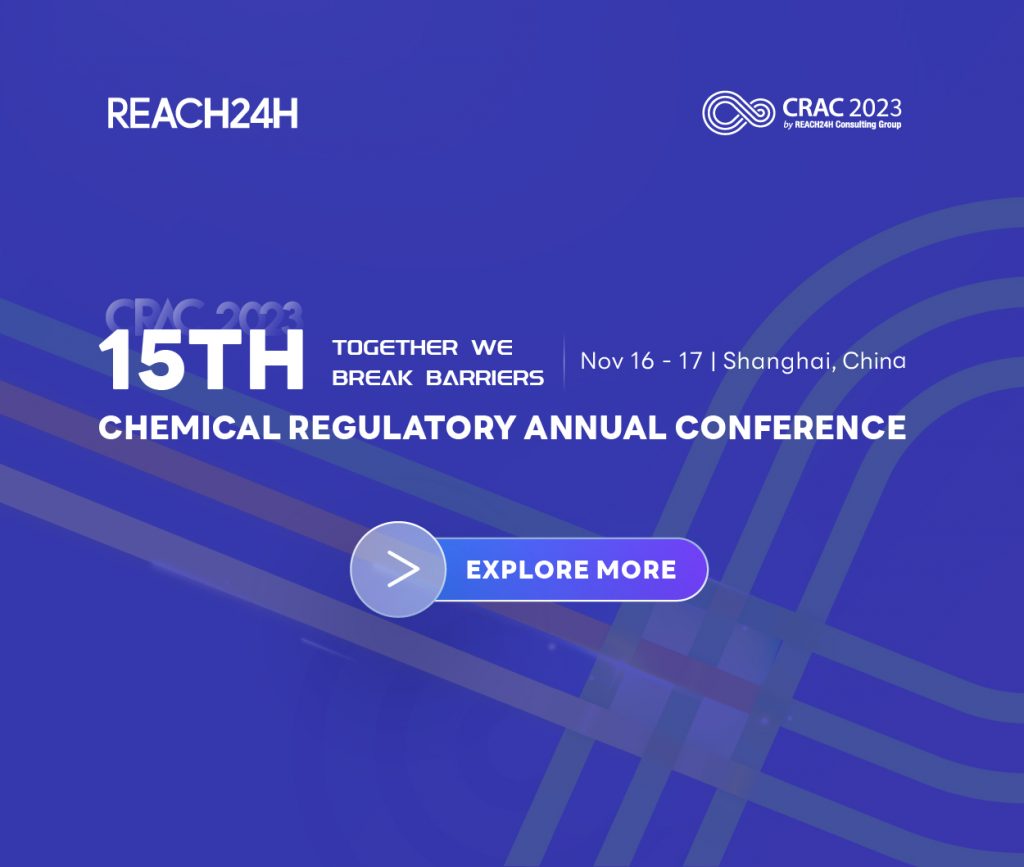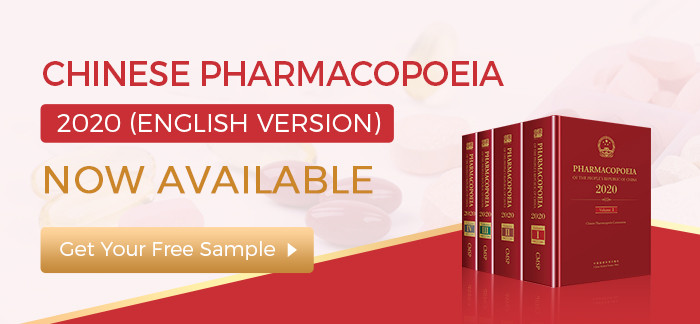EU CLP
What is the CLP Regulation?
The CLP Regulation is the Regulation (EC) No 1272/2008 on Classification, Labelling, and Packaging of substances and mixtures. The legislation introduces throughout the EU a new system for classifying and labelling chemicals, based on the United Nations’ Globally Harmonised System or ‘GHS’.
The CLP Regulation entered into force on 20 January 2009. In order to give industry and users the time to adapt to this new system, a transition period has been set up. Suppliers will be able to continue applying the ‘old’ legislation (Directive 67/548/EEC (short as DSD), Directive 1999/45/EC (short as DPD) during the transitional period.
Substances must be classified, labelled and packaged according to CLP on 1 December 2010, though substances already on the shelves on that date can continue to be supplied until 1 December 2012. The corresponding dates for mixtures are 1 June 2015 and 1 June 2017. It also provides rules for the notification of substances to the Classification & Labelling Inventory established by the European Chemicals Agency (ECHA).
Which substances are affected by EU CLP?
• The vast majority of substances and mixtures imported into Europe must comply with EU CLP regulations, regardless of the tonnage;
• All substances which must be registered under EU REACH must also comply with EU CLP;
• Less than 1 ton/year of hazardous substances and mixtures of raw materials;
• Hazardous polymers, pesticides, etc.
Who are affected by EU CLP?
The CLP Regulation places a general obligation for all suppliers in the supply chain to cooperate, so as to meet the requirements for classification, labelling and packaging set out in this Regulation (CLP Article 4(9)). Such as:
• a manufacturer or importer of substances or mixtures that you place on the market
• a downstream user (including formulator / re-importer)
• a distributor (including retailer)
• a producer or importer of articles that are an explosive article as described in section 2.1 of Annex I to CLP or where REACH Article 7 or 9 provides for registration or notification of a substance contained in an article
Obligations
• Classify the substances and mixtures in line with CLP Title II (CLP Articles 5-14)
• Label the substances and mixtures in line with CLP Title III (CLP Articles 17-33)
• Package the substances and mixtures in line with CLP Title IV (CLP Article 35)
• Notify the classification and labelling elements to the C&L inventory established at the Agency in case you place substances on the market (CLP Article 40)
CLP Hazard Classes and Categories
| Physical hazards
• Explosives (Unstable explosives, Divisions 1.1, 1.2, 1.3, 1.4, 1.5, and 1.6) • Flammable gases (Categories 1A (including unstable gases (Categories A and B) and pyrophoric gases*) 1B and 2 • Aerosols (Categories 1, 2 and 3) • Oxidising gases (Category 1) • Gases under pressure (Compressed gas, liquefied gas, refrigerated liquefied gas, dissolved gas) • Flammable liquids (Categories 1, 2 and 3) • Flammable solids (Categories 1 and 2) • Self-reactive substances and mixtures (Types A, B, C, D, E, F, & G) • Pyrophoric liquids (Category 1) • Pyrophoric solids (Category 1) • Self-heating substances and mixtures (Categories 1 and 2) • Substances and mixtures which in contact with water emit flammable gases (Categories 1, 2 and 3) • Oxidising liquids (Categories 1, 2 and 3) • Oxidising solids (Categories 1, 2 and 3) • Organic peroxides (Types A, B, C, D, E, F & G) • Corrosive to metals (Category 1) • Desensitised explosives* |
| Health hazards
• Acute toxicity (Categories 1, 2, 3 and 4) • Skin corrosion/irritation (Categories 1, 1A, 1B, 1C and 2) • Serious eye damage/eye irritation (Categories 1 and 2) • Respiratory or skin sensitisation (Category 1, Sub-categories 1A and 1B) • Germ cell mutagenicity (Categories 1A, 1B and 2) • Carcinogenicity (Categories 1A, 1B and 2) • Reproductive toxicity (Categories 1A, 1B and 2) plus additional category for effects on or via lactation • Specific target organ toxicity (STOT) – single exposure ((Categories 1, 2) and Category 3 for narcotic effects and respiratory tract irritation, only) • Specific target organ toxicity (STOT) – repeated exposure (Categories 1 and 2) • Aspiration hazard (Category 1) |
| Environmental hazards
• Hazardous to the aquatic environment (Category Acute 1, Categories Chronic 1, 2, 3, and 4) • Hazardous to the ozone layer (Category 1) |
* The hazard category for pyrophoric gases and hazard class for desensitised explosives have been introduced by the 6th revision to the UN GHS (2015) and will be implemented in the CLP Regulation through the CLP 12th ATP.
What information is required on the label?
If your substance or mixture requires labelling and is contained in the packaging, it should include the labelling elements according to CLP Article 17:
1. The name, address and telephone number of the supplier(s) of the substance or mixture;
2. The nominal quantity of the substance or mixture in the packages made available to the general public, unless this quantity is specified elsewhere on the package;
3. Product identifiers and, where applicable:
- Hazard pictograms;
- Signal word;
- Hazard statements;
- Appropriate precautionary statements; and
- Supplemental information.
Our Services
• Free regulatory advice
• Re-classification of substances and preparations
• Re-labelling of products
• Update safety data sheets according to the Classification & Labelling under CLP
• C&L Notification
• Customized Training


